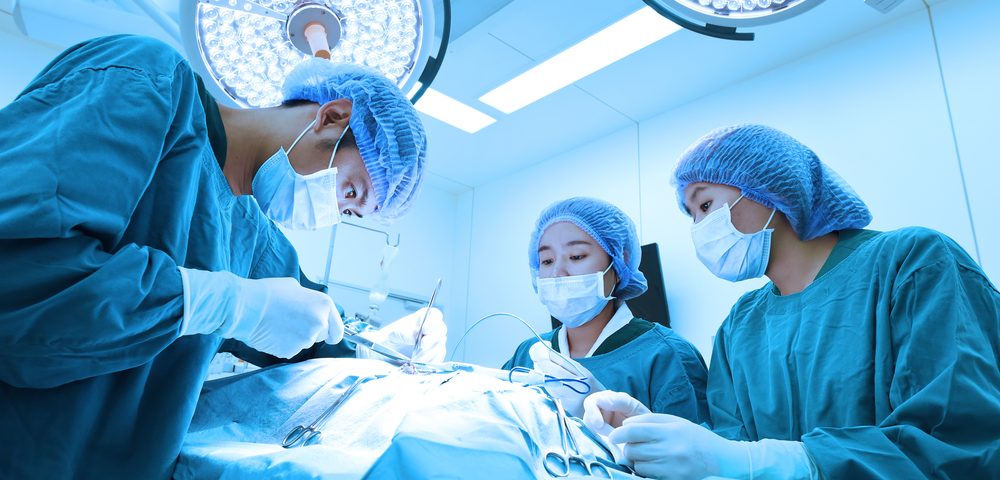Surgery as a treatment option for endometriosis should reflect a patient’s wishes, but should also involve a thorough case-by-case analysis of the procedure’s risks and benefits. Furthermore, surgery to set a diagnosis should be done only on a “see and treat” basis, researchers argued in a recent review.
The study, “Surgery for endometriosis: beyond medical therapies,” appeared in the journal Fertility and Sterility. It stressed that a woman’s wish to get pregnant should dictate whether to operate, as well as what type of procedure to choose.
“Between the extremes of surgery-only versus medical-only approaches, there exists a careful balance of approaches centered on the patient’s needs and desires,” wrote Sukhbir S. Singh, MD, of the University of Ottawa and Michael W.H. Suen, MD, of the Ottawa Hospital Research Institute.
The physicians argued that recent advances in imaging methods have made surgical diagnosis of endometriosis by laparoscopy nearly obsolete — and that using procedure to diagnose the disease may be risky.
For example, surgeons — especially inexperienced ones — might miss particularly small lesions, or those with an atypical look. The same applies to taking tissue samples for analysis a practice that can fail for several reasons. As in all cases, they said, the benefits of surgery must outweigh the risks.
With the improved imaging methods, surgeons should be able to diagnose endometriosis and remove lesions simultaneously, an approach the researchers called “see and treat.”
Two main reasons for considering surgery in endometriosis are managing pain and improving fertility. Studies show that in women with mild to moderate disease, surgery relieves pain, but these studies are seldom of high quality, and few comparisons to medical treatment exist.
Clinical trials examining surgery to reduce pain have also tended to use varying outcome measures, making it difficult to assess the collected information. Nevertheless, medically treating pain is sometimes not an option, such as when a patient refuses it, does not respond or suffers intolerable side effects. Other conditions that prevent drug treatment can also lead a gynecologist to opt for surgery.
Even so, studies show that surgery may not be enough to manage pain, or that the pain returns later on, making repeated procedures necessary. Naturally, acute pain falls in a separate category, in which quick interventions are needed.
Likewise, the complicated nature of deep infiltrating endometriosis must be dealt with separately. The researchers underscored the need for expertise — both on the part of the managing surgeon as well as the treatment center itself‚ when performing surgery in patients with deep lesions. There might also be occasions when a surgeon detects endometriosis while operating for another condition. As these cases often involve asymptomatic endometriosis, doctors should to make a thorough risk-benefit analysis before attempting to remove the lesions.
Physicians may need to consider other factors if a woman wants to become pregnant. Studies show that keyhole surgery for mild to moderate disease improves pregnancy rates and live births. But repeat surgery lowers pregnancy rates, as well as any likelihood of conceiving naturally.
In women with deep endometriosis, physicians should attempt conservative surgery that will let women conceive. Surgical intervention also improves fertility rates for women with blocked fallopian tubes and benign tumors or cysts in the ovaries. Studies show that surgery for blocked fallopian tubes — although it prevents natural conception — improves outcomes of in vitro fertilization or other assisted reproductive technologies.
But the removal of cysts or tumors does not have the same beneficial effects, and studies show no difference in assisted reproduction outcomes after surgical removal of tumor lesions.
Surgery alone is unlikely to control endometriosis, the authors also pointed out.
Most important, however, is to respect patients’ wishes. Women may have religious or cultural preferences that dictate which treatments are acceptable, and a surgeon should consider those wishes when discussing appropriate options.

